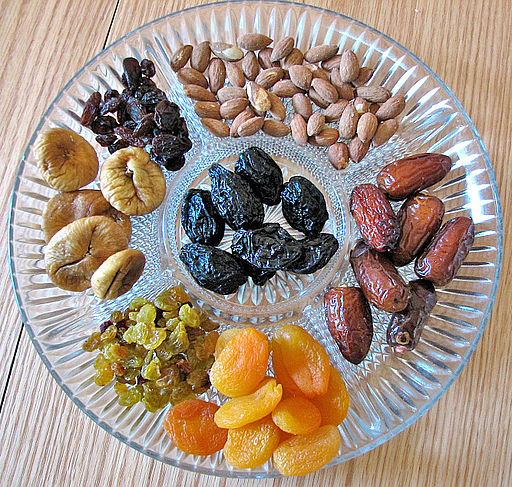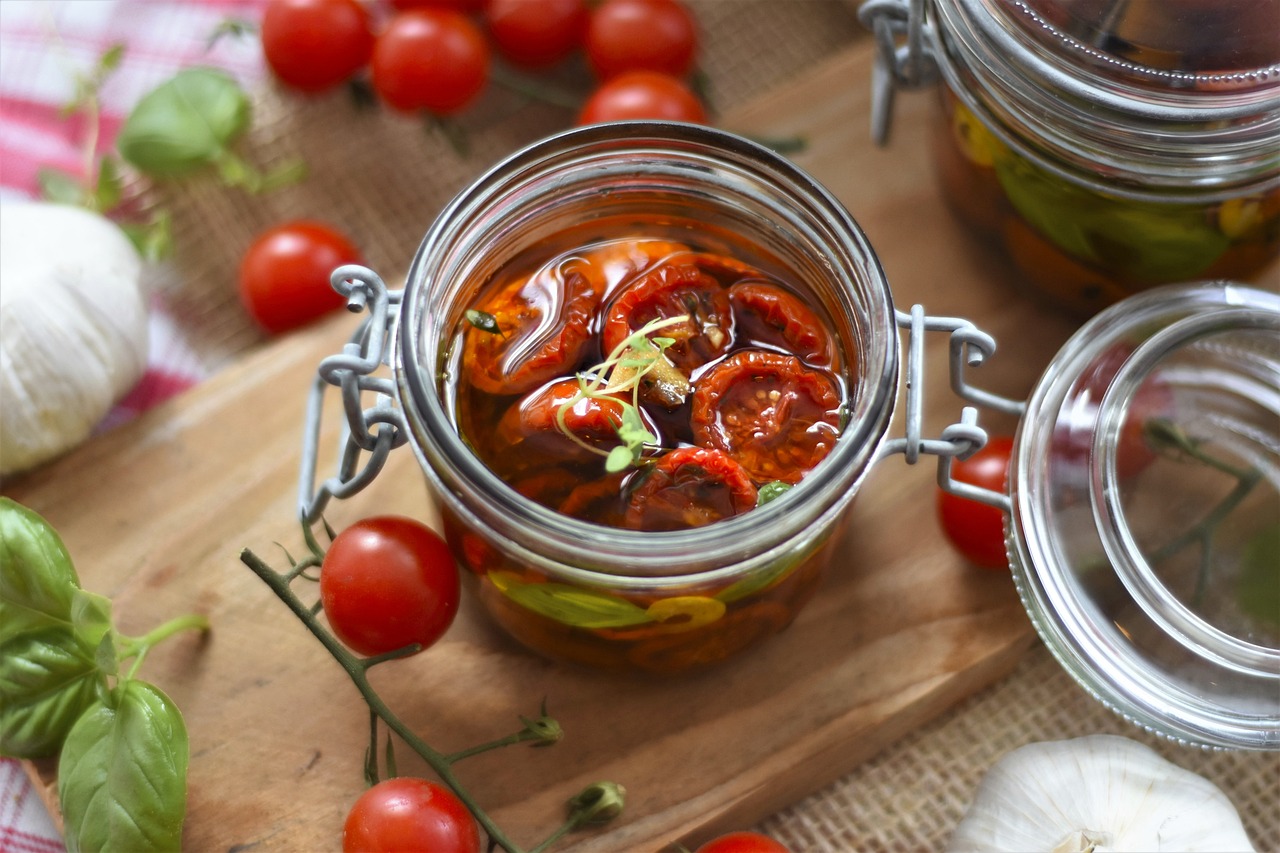How to Dry Fruit

There are various considerations to make when determining how to dry fruit. Each step should be pre-planned for best results, everything from fruit selection to the drying process itself will play a role in achieving your desired outcome.
The first important step is the fruit selection. Choose the kind of fruit you wish to dry, such as apple, peach, apricot etc. Once you choose the kind, make sure to select the best quality available, no blemishes and fully ripened not under or over ripened fruit.
The next step is to prepare your selected fruit. You will want to wash it, peel it, pit or core it, and then slice the fruits appropriately. Make sure that the slices are even. Uneven slicing will cause poor drying results. Thinner sections will dry out too much, and thicker sections will not dehydrate enough which can cause mold. Make an effort to keep the overall size about the same as smaller pieces will dry quicker than larger ones and will need to be removed sooner, which dictates that you have to spend more time checking the fruit during the drying process.
Once you’ve completed slicing, you will want to pretreat to preserve the appearance of the fruit after drying. Just as a brown apple is not appealing in a fresh fruit salad, a brown dried apple slice is also unappealing. Pretreating can help keep your food appealing once it’s dried.
The following methods are a good rule of thumb to follow for pretreating fruit. All fruits can benefit from an ascorbic dip. Blanching is good for apricots and apples, use a honey dip for bananas, peaches and pineapples, a juice dip, made from pineapple juice and/or lemon juice is good for apples, peaches and bananas, and a pectin dip will also do for peaches, cherries and berries.
There are basically three methods for dehydration, air/sun, oven and a dehydrator. For air/sun drying, it is necessary to be done in a warm dry climate. A cooler or humid climate makes drying much more difficult. Oven drying can be done anywhere since the climate is not a factor. The same is true for using a dehydrator. The optimal drying conditions are created inside both an oven and a dehydrator.
Which ever method you are using, it is important to spread the fruit evenly on the dying surface, making sure they don’t touch each other.
If you are drying fruit for long term food storage, you can pasteurize the fruit to destroy any eggs that may have been deposited by insects. To do this, you can either heat the fruit in a 175 degree oven for ten to fifteen minutes, or freeze the fruit at zero degrees for several days. This must be done in a deep freeze as a standard refrigerator freezer combo doesn’t get to a low enough temperature for a long enough period of time.
The Author:
Sandi Baine is a proponent for developing a self sufficient sustainable lifestyle for the betterment of everyone’s life. Steam on!
The Author: Gilabrand
Source: EzineArticles.com








